What’s An Induction Cooktop? How Does The Induction Process Work?
Induction uses electromagnetic energy, basically magnets, to heat special pots and pans that are on the surface of the electromagnetic. This is in direct comparison to traditional heating cooktops that involve heating the surface, which in turn heats the kitchenware.
The one caveat with induction cookers is that they only work with special kitchenware that is magnetic. An induction cooker will not generate heat on standard kitchenware!
In fact, this magnetic heat feature makes induction cookers much safer than the traditional heating model because the surface doesn’t generate any heat. Heat still forms, but it dissipates very quickly.
Induction, Gas, and Electric Cooktops – A Comparison
The type of cooktop you use in your kitchen boils down to three choices: gas, electric coils, or induction.
This section will detail the advantages and disadvantages of the different types, which will help you make an informed decision about the right type of cooktop for your kitchen.
Price/Installation
Gas cooktops are usually the most affordable cooktop you can purchase. They are slightly more affordable than electric stoves, and much more affordable than induction stoves. However, the portable induction stoves are usually affordable, but you will have to purchase special pots and pans.
As for installation, induction and electric coil cooktops will necessitate a 220V/30A outlet, which is standard in a modern home. It will usually cost a couple hundred dollars for an electrician to run a new line in your home.
Gas is a little easier if you already have a gas connection in your home. If you don’t have a gas connection in your home, then that will cost you. The exact amount varies wildly, but it can be quite expensive to run gas to your home. In addition to that, not all areas have gas available.
Efficiency
Gas is actually instantaneous when it comes to heat because you can see the flame. Plus, the flame will usually evenly heat the cooking surface. Most professional chefs for gas cooktops for this reason.
Induction cookers have similar properties as gas. But they will cool down much quicker than gas.
The real advantage of induction comes with the efficiency, though. Induction cookers are much more efficient than gas. For instance, induction stoves are the fastest when it comes to boiling a pot of water.
Electric coils are a good middle ground between gas and induction. They are a little more efficient than gas cooktops, but the efficiency comes at the cost of control.
Our recommendation is that you use induction if you’re most concerned with efficiency and control.
Design
Design is mostly personal preference. That said, here are the differences between the different types of stoves. It’s important to note that design differences mostly appear between gas and electric induction or electric coils.
There just aren’t many differences between electric induction and electric coils.
First, gas cooktops are almost only available in a geometric grate pattern that is rarely circular. Sometimes they will have a glass surface, which makes cleaning easier at the expense of being more fragile.
We’ll also add that gas cooktops are much easier to repair than electric or induction cooktops.
Next, the controls on gas cooktops are much more intuitive than the controls on some electric cooktops. Of course, induction cooktops have much more features on the controls that might include timers and an automatic shutoff to prevent overheating.
Finally, the induction cooker will always have the controls in front of the cooking surface.
Safety
Gas cooktops are the most dangerous type of cooktop. The open flame, gas buildup, and improper ventilation can all lead to major fire problems. Improper ventilation may also cause a severe drop in air quality.
Induction stoves are the safest because they don’t generate heat on the cooking surface. Of course, they do have some issues, but overall you won’t find a safer option than an induction stove.
However, some people have noted that induction cookers use EMF radiation, which may negatively impact your health if you stand too close to the cooktop. In fact, it’s recommended that pregnant women and anyone with a pacemaker not stand too close to an induction cooker.
Anyway, some steps you can take to prevent injury with an induction cooktop include the following:
- Use pots and pans that have rubber or insulated handles.
- Avoid using metal utensils with induction stoves.
- Use appropriately sized pots and pans.
- Don’t put your head near the cooktop.
If you are no sure about induction cooktop, be sure to check our reviews of the
best radiant electric cooktops.
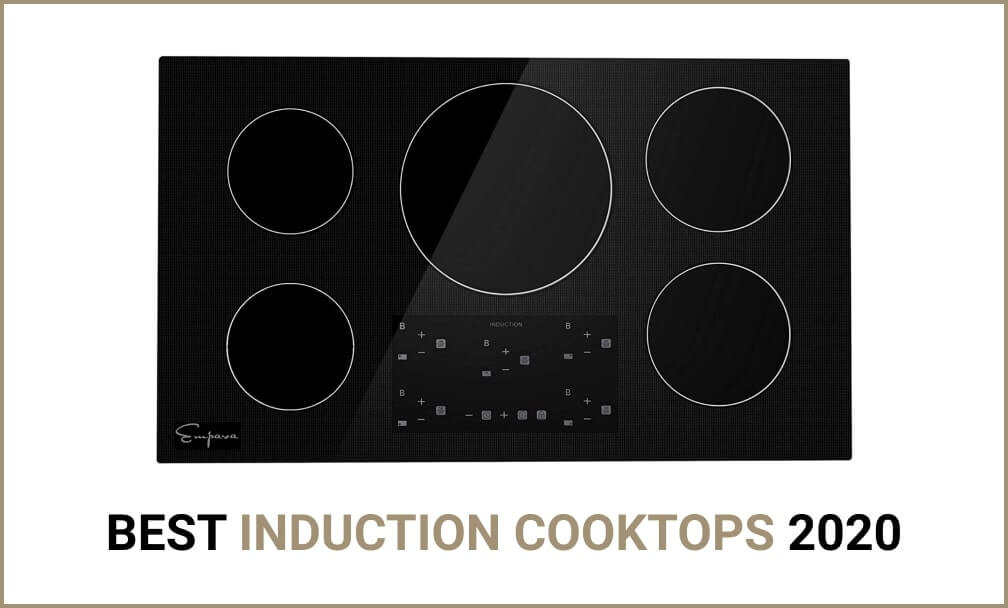 Induction cooktops have become popular for a variety of reasons, but will they be the right choice for you? Of course, induction cooking has quite the learning curve. But most people don’t go back to standard cooktops after using an induction cooktop for a reason.
Induction cooktops have become popular for a variety of reasons, but will they be the right choice for you? Of course, induction cooking has quite the learning curve. But most people don’t go back to standard cooktops after using an induction cooktop for a reason.






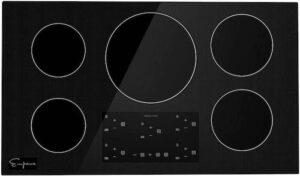
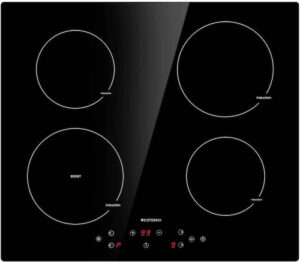
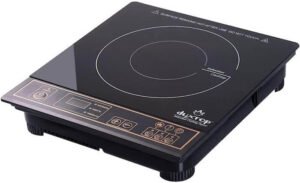

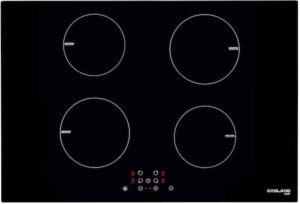
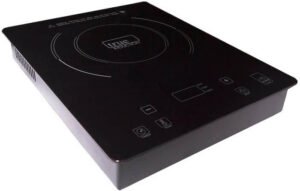
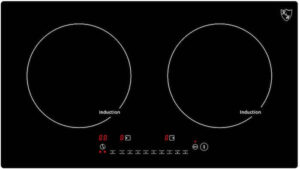



I truly appreciate your technique of writing a blog. I added it to my bookmark site list and will
Awesome! Its genuinely remarkable post, I have got much clear idea regarding from this post